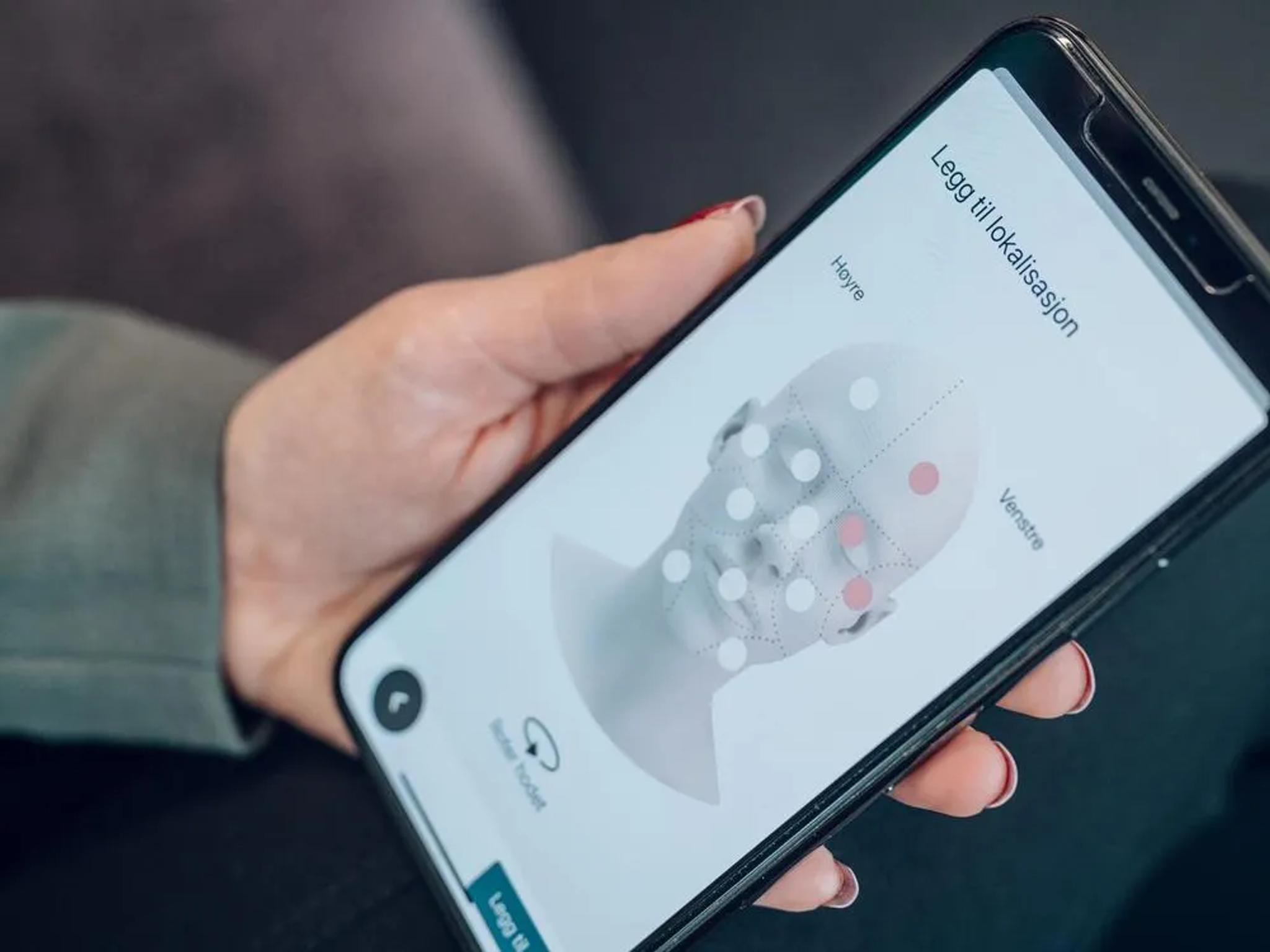
Keeping a headache diary
A headache diary is useful for both individuals with headache and their doctors. Based on your symptoms and how often you experience headaches, your doctor determines further treatment.
Why keep a headache diary?
With a headache diary, such as Brain Twin you can track your headaches over time. You gain a better understanding of your symptoms and what triggers or relieves your headaches. Many also experience a greater sense of control over their condition when using a headache diary.
You also use the headache diary in conjunction with your doctor to establish a correct diagnosis or monitor the effectiveness of treatment.
Working with your docor
You also use the headache diary with your doctor to establish a correct diagnosis, determine further treatment, or monitor the effectiveness of the treatment you are receiving.
There is no blood test for migraines, so the headache diary is your doctor's most important tool. The doctor looks at factors such as how often you have headaches, where the pain is located and the intensity of the headache, and what other symptoms you have.
Once you have received the correct diagnosis, the headache diary can be used with your doctor to see if you are responding to treatment or not. It is also useful to monitor medication side effects.
With the BrainTwin headache diary, you get a personalized report from the diary that you can take to your doctor.
How to keep a headache diary?
In a headache diary, you keep track of when you have a headache and provide a description of each headache. It is common to note:
- Duration of the headache
- Location of the headache
- Whether the pain is pulsating or constant
- Whether the headache worsens with moderate physical activity
- Whether you have other symptoms such as nausea, vomiting, sensitivity to sound or light, visual disturbances, or difficulty finding the right words
- Additionally, you can note how painful your headache is on a pain intensity scale.
- Healthcare professionals often use the traffic light model, which distinguishes between mild, moderate, and severe pain.

